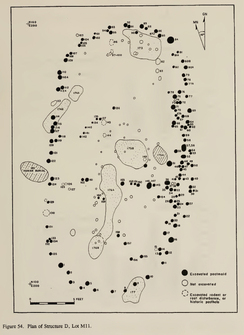
There is quite a bit of variability in the structures. Structure A, an incompletely exposed Late Woodland structure, probably encompassed almost 80 square m while Structure G, a Middle Woodland structure, was less than 5 square m (still larger than many Woodland, Mississippian, and Late Prehistoric structures in the database that were interpreted as residential structures). Structure D, shown in the figure to the right (from Hodges 1998:139), was the best preserved structure that was exposed at the site.
The dimensions given by Gallivan and Hodges vary somewhat. I will provide Gallivan's dimensions (Gallivan 1999:Appendix 7) in the entries for the structures (Structures 2244-2250)

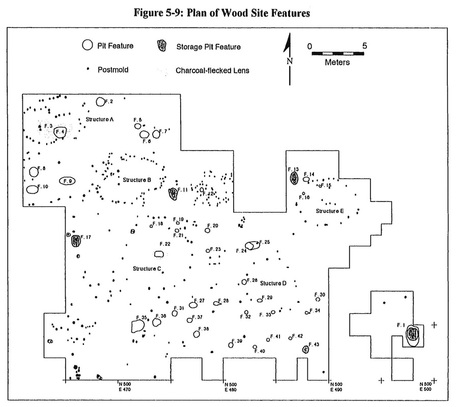
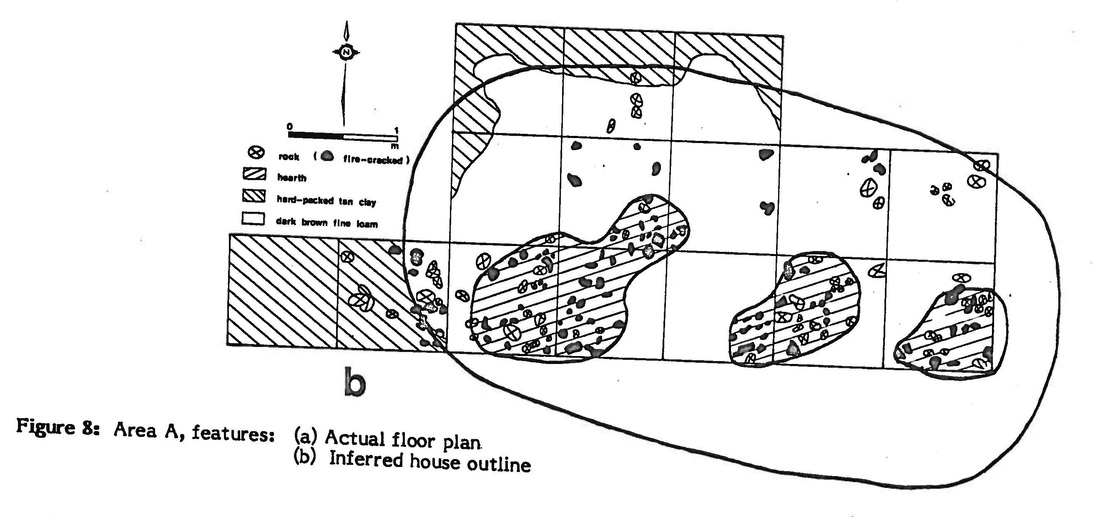
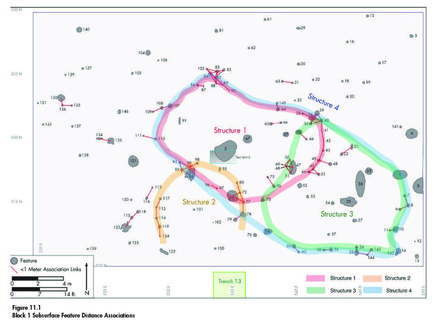
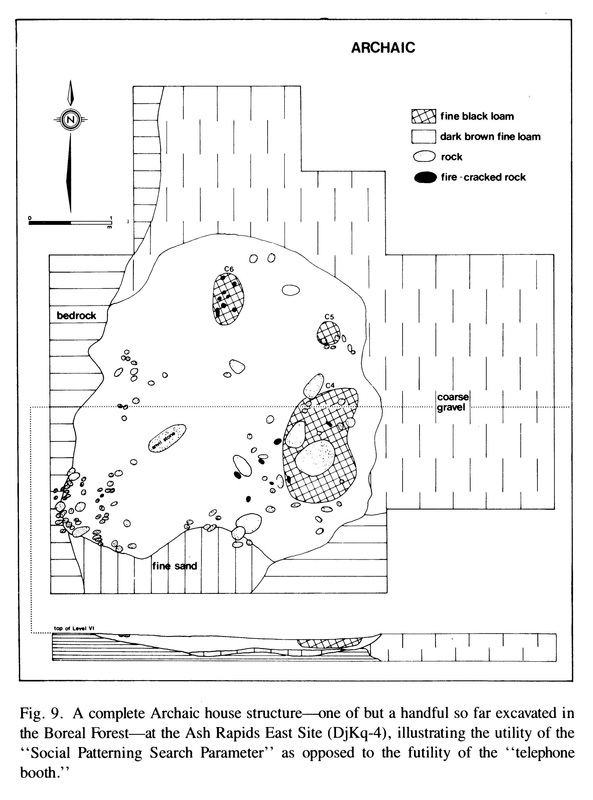
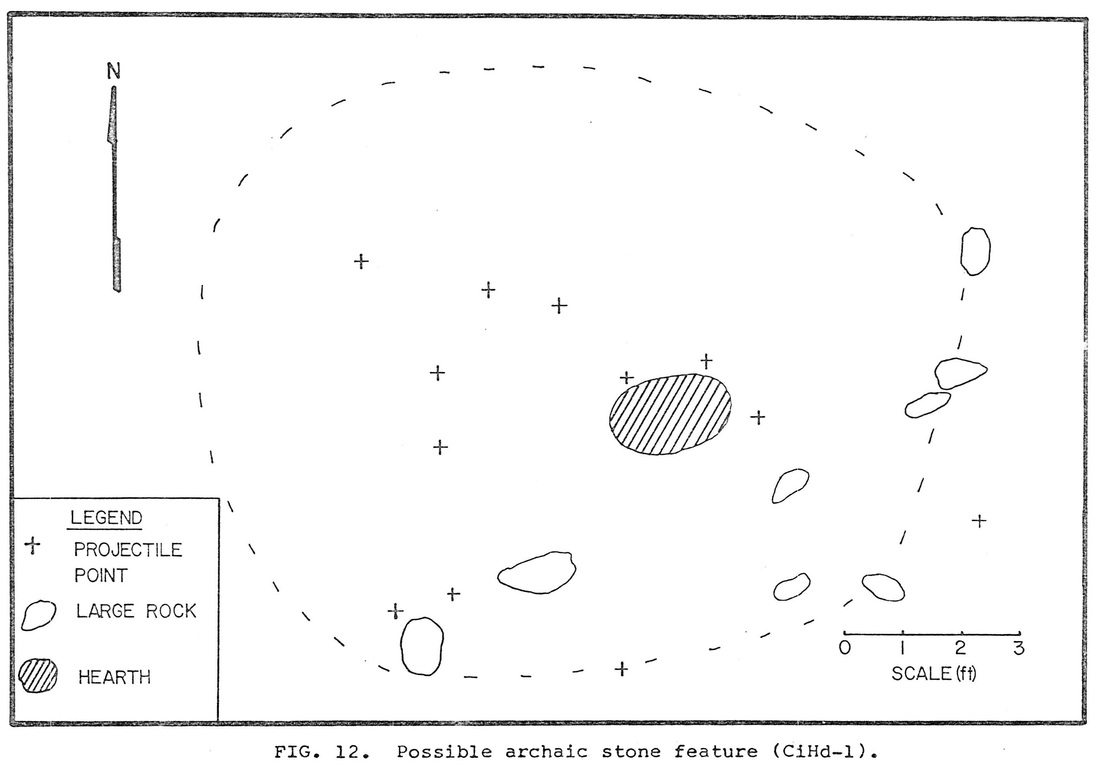
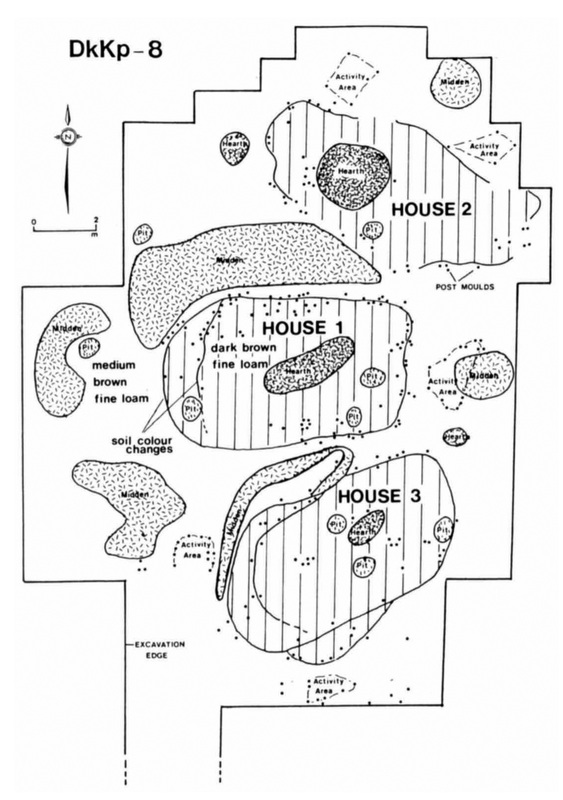
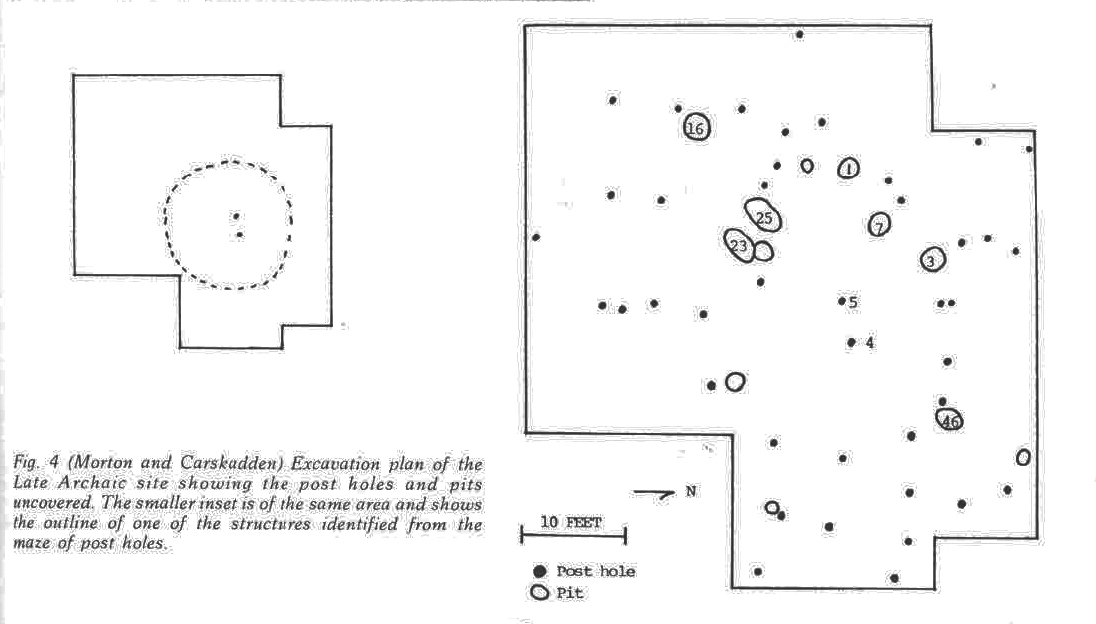
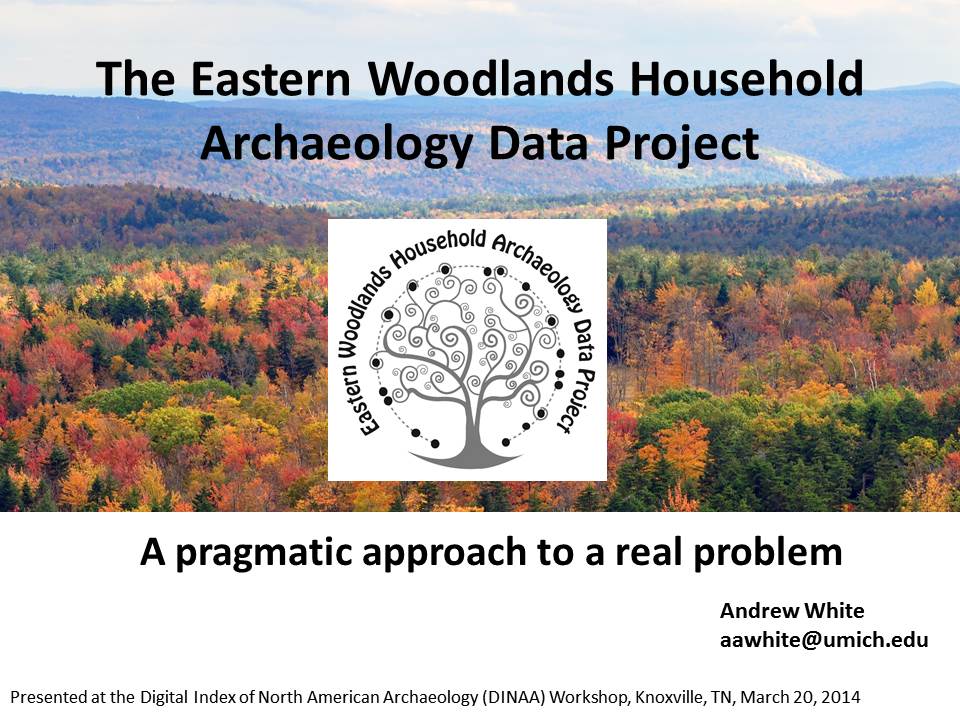
 RSS Feed
RSS Feed
